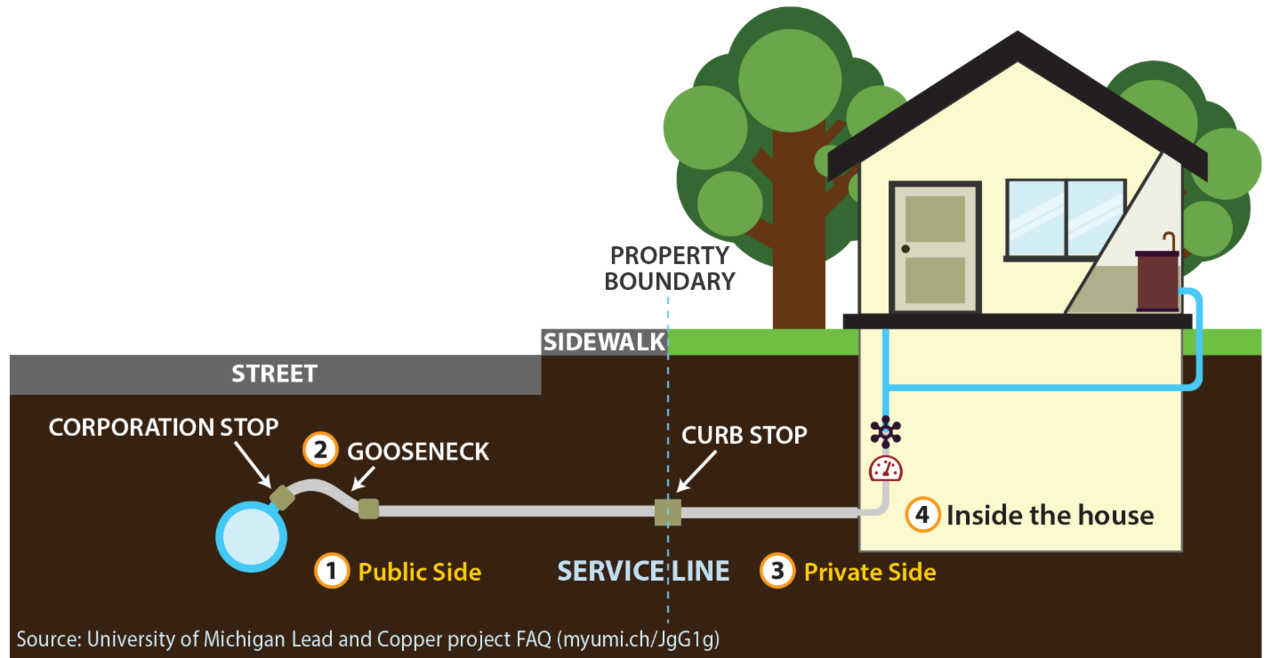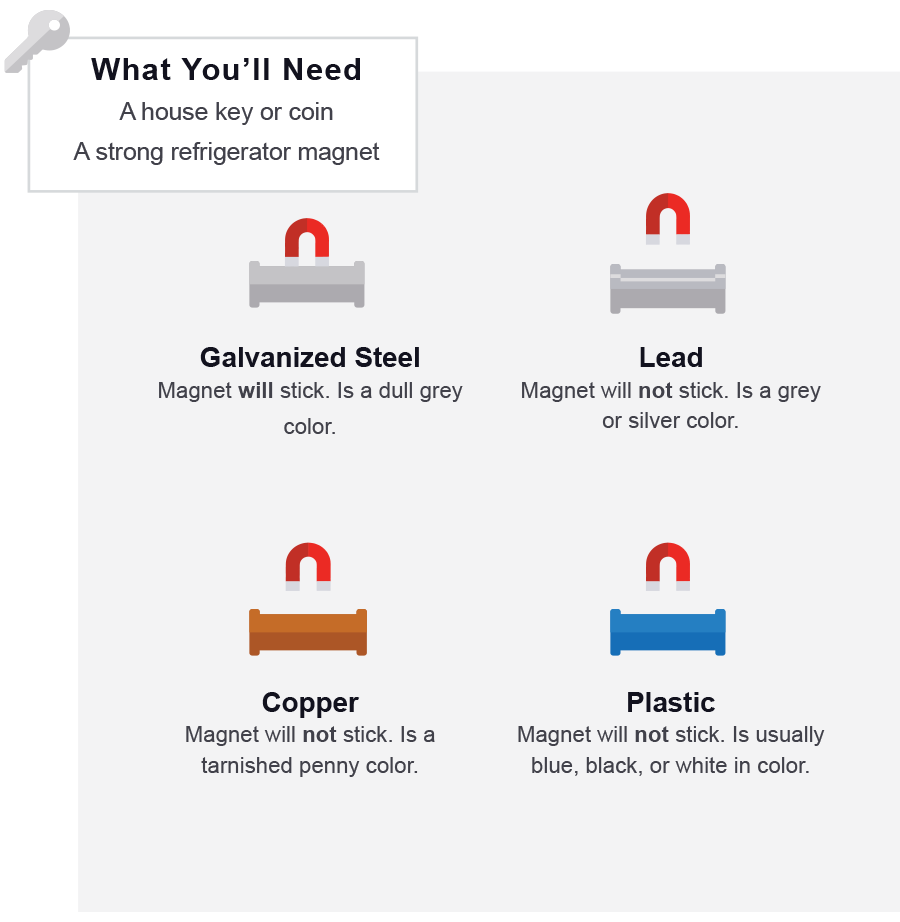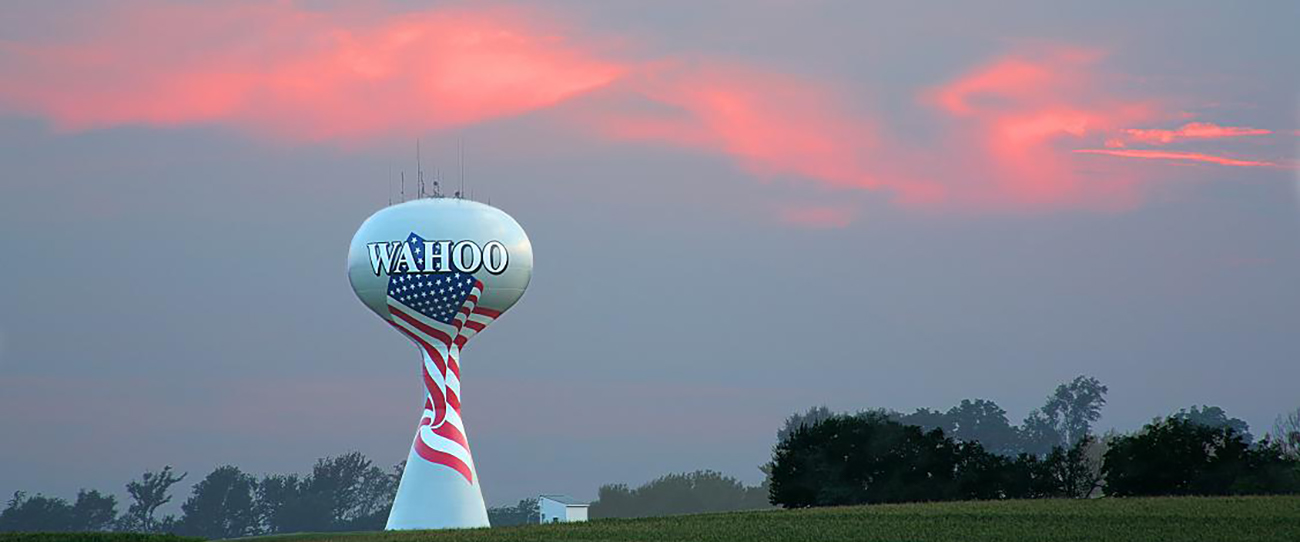Wahoo DOU Announces "Get The Lead Out" Project
Explore the newly updated Lead and Copper Rule (LCR) policy and how it applies to your property
The Environmental Protection Agency (EPA) recently rolled out new regulations for its existing Lead and Copper Rule (LCR) policy. One of the new requirements states that all public water systems must complete an inventory of water service lines within their jurisdiction to help identify remaining lead service lines. This inventory of information is not only important for public water systems like the Wahoo Department of Utilities (DOU) to know, but it is also essential to protecting and improving public health in Wahoo and the surrounding area. Explore this webpage to learn more about the newly updated policy and how it impacts homeowners, business owners, and schools.

What is the Lead and Copper Rule (LCR)?
The LCR was first passed in 1991, but there have been multiple revisions to the policy since its passing. The latest updates came in January 2021 and became effective starting December 2021.
In the newest version of the law, public water systems are now required to develop (and maintain) a Lead Service Line (LSL) inventory. This information will be used to help develop a future replacement plan for all known LSLs. For now, however, public water systems only need to focus on developing the inventory and recording all known LSLs in their service area.
More information for public water systems about developing a replacement plan is anticipated to come later in 2023 in the form of the Lead and Copper Rule Improvements (LCRI) policy update. However, for now, federal and state agencies recommend communities only focus on developing and maintaining the inventory.
Conducting the Water Service Line Inventory
For most homes and buildings built after 1978, the presence of lead is less prevalent. However, there is still a chance that lead material could have been used in residential service lines following this date. For this reason, it is important for all property owners in the community to conduct their own on-site inspection and determine what material type their water service line is made of - lead, copper, galvanized steel, or plastic.
To complete the EPA’s required service line inventory, the Wahoo DOU will need property owners’ assistance with verifying service line material. Through basic tests or observation, property owners can provide the DOU with what type of material their service line is made of – lead, copper, galvanized steel, or plastic. Follow these basic steps provided in the video below to determine what your service line material is and report your findings to the DOU.

Need Assistance Determining Your Service Line Material Type?
If after completing your own inspection you are still not sure what material your service line is made of, reach out to the Wahoo DOU to set up a free on-site inspection with one of our technicians.
The Dangers of Lead
For years, we have known lead is a toxic metal that was once prevalently used in daily products, materials, and the construction of buildings. Despite it being banned from use, lead is still found in old and existing materials across the state, including private water service lines. Measures in the last two decades aimed at addressing lead material in water service lines have greatly reduced exposure to lead in our communities. However, as stated previously, lead can still be found in the water service lines of homes and properties, especially those older than 1978. The only way to know for sure if your water service line contains lead, is to conduct an on-site inspection or get your water tested.
- Property owners can conduct their own on-site inspection by following the instructions above.
- Nebraskans can also order a lead in water test from the DHHS Public Health Environmental Lab for a small fee. To order a lead in water test, call (402) 471-2122 or visit the Public Health Environmental Lab website.
Helpful Resources
Nebraska DHHS Lead Poisoning: This website is hosted by the Nebraska Department of Health and Human Services and is the primary location for all of their lead poisoning and lead-based policy information. This website includes information on sources of lead, prevention information, and detailed information for homeowners, business owners, and health professionals.
Nebraska DHHS – Lead Rules and Regulations: This website is hosted by the Nebraska Department of Health and Human Services and provides a brief review of what the lead rules and regulations are at the state and federal level. This includes information on lead-based paint and other lead-related policies.
Nebraska DHHS – Lead Poisoning FAQs: This webpage is hosted by the Nebraska Department of Health and Human Services and provides answers to a list of commonly asked questions about lead in homes and its effect to the human body.
Lead and Copper Rule & Revisions Overview: A comprehensive review of the most recent action taken to improve and expand upon the existing LCR policy.
EPA Lead and Copper Rule Implementation Tools: The EPA has curated a list of resources to help states and water utility departments to implement the LCR.
EPA 3T’s for Reducing Lead in Drinking Water Toolkit: EPA’s 3Ts – Training, Testing, and Taking Action – Here you will find information and recommendations to prepare schools, child care facilities, and states to build a voluntary implementation program to reduce lead levels in drinking water.
Contact Information
Wahoo Department of Utilities
402-443-3222
605 N Broadway Street
Wahoo, NE 68066



